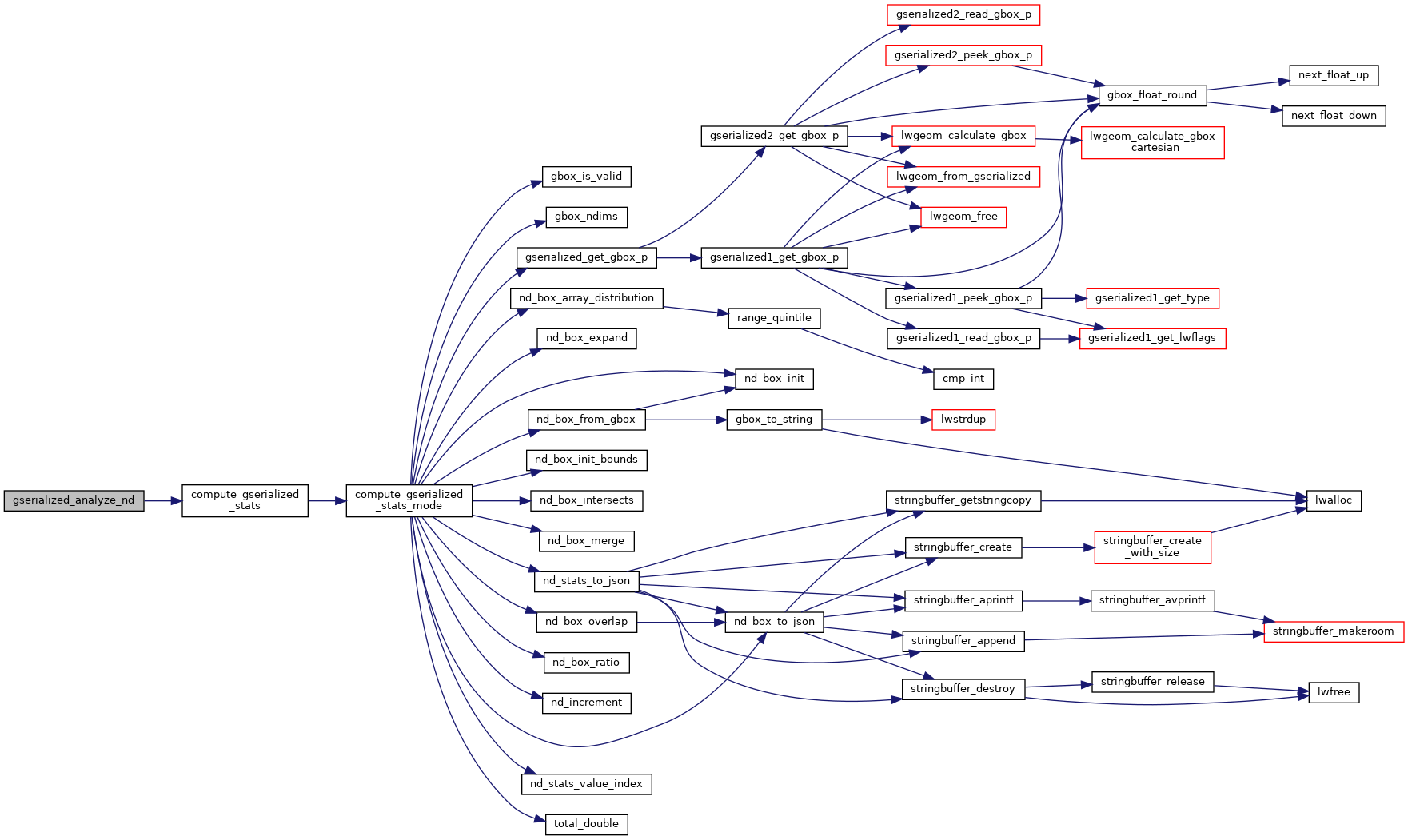Loading...
Searching...
No Matches
◆ gserialized_analyze_nd()
| Datum gserialized_analyze_nd | ( | PG_FUNCTION_ARGS | ) |
Definition at line 1910 of file gserialized_estimate.c.
1911{
1912 VacAttrStats *stats = (VacAttrStats *)PG_GETARG_POINTER(0);
1913 Form_pg_attribute attr = stats->attr;
1914
1915 POSTGIS_DEBUG(2, "gserialized_analyze_nd called");
1916
1917 /* If the attstattarget column is negative, use the default value */
1918 /* NB: it is okay to scribble on stats->attr since it's a copy */
1919 if (attr->attstattarget < 0)
1920 attr->attstattarget = default_statistics_target;
1921
1922 POSTGIS_DEBUGF(3, " attribute stat target: %d", attr->attstattarget);
1923
1924 /* Setup the minimum rows and the algorithm function.
1925 * 300 matches the default value set in
1926 * postgresql/src/backend/commands/analyze.c */
1927 stats->minrows = 300 * stats->attr->attstattarget;
1928 stats->compute_stats = compute_gserialized_stats;
1929
1930 POSTGIS_DEBUGF(3, " minrows: %d", stats->minrows);
1931
1932 /* Indicate we are done successfully */
1933 PG_RETURN_BOOL(true);
1934}
static void compute_gserialized_stats(VacAttrStats *stats, AnalyzeAttrFetchFunc fetchfunc, int sample_rows, double total_rows)
In order to do useful selectivity calculations in both 2-D and N-D modes, we actually have to generat...
Definition gserialized_estimate.c:1868
References compute_gserialized_stats().
Here is the call graph for this function:
